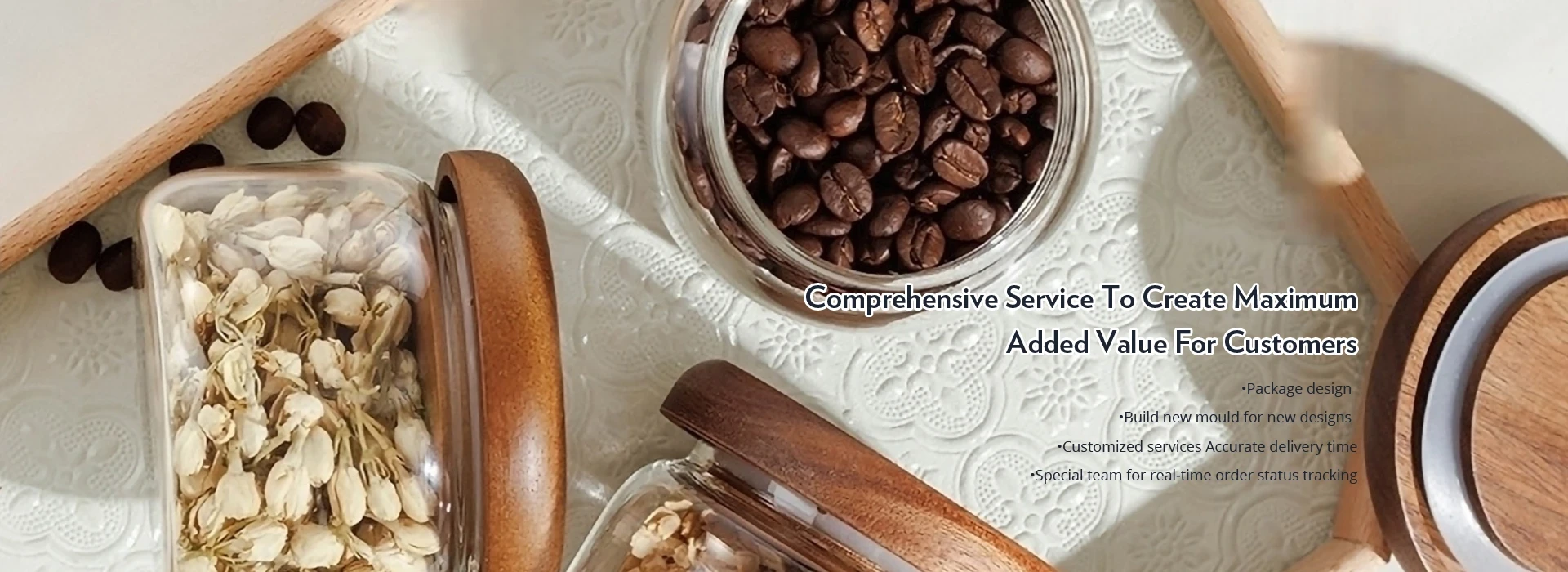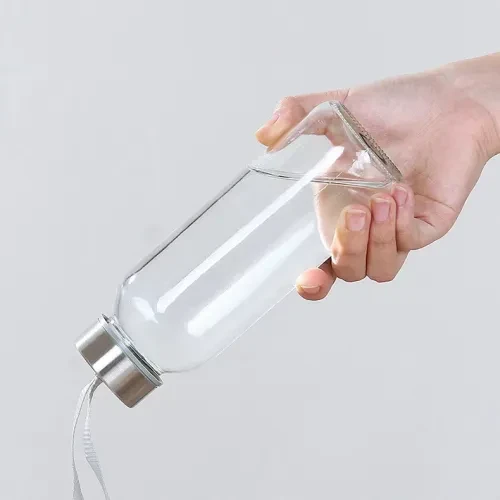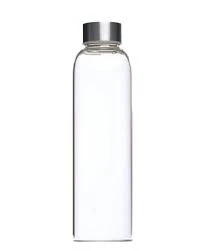...
2025-08-14 17:40
100
...
2025-08-14 17:35
2969
In conclusion, lithopone is a valuable pigment that offers superior covering power, brightness, and lightfastness in various applications. Its versatility makes it a popular choice in industries such as paint, rubber, plastic, ceramics, and cosmetics. Quotes from suppliers emphasize the importance of lithopone as a key ingredient in different formulations, highlighting its quality and performance. As the demand for high-quality pigments continues to grow, lithopone remains a top choice for manufacturers seeking to enhance the visual appeal and durability of their products.
...
2025-08-14 16:58
1623
What’s recently changed with titanium dioxide and regulations?
...
2025-08-14 16:52
1290
Pure PVB is non-toxic and harmless to human body. In addition, ethyl acetate or alcohol can be used as solvent, so PVB is widely used in printing ink of food containers and plastic packaging in European and American countries.
Storage safety properties
PVB can be stored for two years without affecting its quality as long as it is not in direct contact with water; PVB shall be stored in a dry and cool place and avoid direct sunlight. Heavy pressure shall be avoided during PVB storage.
Solubility
PVB is soluble in alcohol, ketone, ester and other solvents. The solubility of various solvents changes according to the functional group composition of PVB itself. Generally speaking, alcohol solvents are soluble, but methanol is more insoluble for those with high acetal groups; The higher the acetal group, the easier it is to dissolve in ketone solvents and ester solvents;
PVB is easily soluble in cellosolve solvents; PVB is only partially dissolved in aromatic solvents such as xylene and toluene; PVB is insoluble in hydrocarbon solvents.
Viscosity characteristics of PVB solution
The viscosity of PVB solution is greatly affected by the formula of solvent and the type of solvent; Generally speaking, if alcohol is used as solvent, the higher the molecular weight of alcohol, the higher the viscosity of PVB solution;
Aromatic solvents such as xylene and toluene and hydrocarbon solvents can be used as diluents to reduce the viscosity of PVB solution; The effect of PVB chemical composition on viscosity is summarized as follows: under the same solvent and the same content of each base, the higher the degree of polymerization, the higher the solution viscosity; Under the same solvent and the same degree of polymerization, the higher the acetal group or acetate group, the lower the solution viscosity.
Dissolution method of PVB
Where mixed solvents are used, the dissolution step is to first put aromatic solvents (such as xylene, toluene, etc.) or ester solvents (such as n-butyl acetate, ethyl acetate, etc.) into the mixing, slowly put PVB into the mixing, and then add alcohol solvents (such as n-butanol, ethanol, etc.) after PVB is dispersed and expanded,
At this time, the dissolution time can be shortened by heating; Using this dissolution method, the formation of lumpy PVB can be avoided (because the dissolution time will be several times after the formation of lumpy PVB), so the dissolution speed can be accelerated. Generally, the ratio of aromatic and alcohol solvents is 60 / 40 ~ 40 / 60 (weight ratio), and PVB solution with low viscosity can be prepared.
The solvent composition contains 2 ~ 3wt% water, which can improve the hydrogen bonding strength of alcohol solvents and help the solubility of PVB.
Processing properties
Although PVB resin is a thermoplastic, it has little processability before plasticizer is added. Once plasticizer is added, its processability is very easy.
The purpose of general coatings and adhesives is to change the resin characteristics by adding plasticizers to meet the application requirements, such as film softness, reducing the TG point of the resin, reducing the heat sealing temperature, maintaining low-temperature softness, etc.
Compatibility
PVB can be compatible with a variety of resins, such as phenolic resin, epoxy resin, alkyd resin and MELAMINE resin.
B-08sy, b-06sy and b-05sy with high acetal degree can be mixed with nitrocellulose in any proportion. PVB and alkyd resin are partially compatible. General PVB is compatible with low molecular weight epoxy resin, while high molecular weight epoxy resin needs PVB with high acetal degree to be compatible with each other.
...
2025-08-14 16:46
1050
Major global players in the TiO2 supply market include companies like Cristal, Tronox, Evonik, Venator, and Chemours. These companies have established themselves through their expertise in production, research and development, and global distribution networks. They continuously innovate to improve the efficiency of TiO2 production, reduce environmental impact, and cater to the evolving needs of customers.
...
2025-08-14 16:24
2769
Overall, the titanium market is a complex and dynamic industry that is influenced by a wide range of factors. As a result, it is important for stakeholders to closely monitor the titanium price chart and stay informed about the latest trends in the market. By staying informed and making strategic decisions, investors, manufacturers, and consumers can navigate the volatile titanium market and make the most of opportunities as they arise.
...
2025-08-14 16:23
524
Thanks to its rheological and optical properties, Lithopone 30% offers both technical and economic advantages in the substitution of titanium dioxide in different applications. Among these advantages, it has been observed that Lithopone 30% has algaecidal properties in paints, which gives greater protection to the coating.
...
2025-08-14 16:11
2972
The Dynamics of Anatase Price in the Global Market
...
2025-08-14 15:43
347
...
2025-08-14 15:41
2379
Infrared spectra were performed (from 400 to 4000 cm−1) in vitamins@P25TiO2NPs samples and the vitamins alone as controls, employing a Nicolet AVATAR 360 Fourier transform infrared spectrophotometer.
Talc and Titanium Dioxide A Perfect Match for Manufacturing Excellence
Some food products will include titanium dioxide on their nutrition label. But again, it can be hard to tell for those who don't list the ingredient.
In conclusion, lithopone is a valuable pigment that offers superior covering power, brightness, and lightfastness in various applications. Its versatility makes it a popular choice in industries such as paint, rubber, plastic, ceramics, and cosmetics. Quotes from suppliers emphasize the importance of lithopone as a key ingredient in different formulations, highlighting its quality and performance. As the demand for high-quality pigments continues to grow, lithopone remains a top choice for manufacturers seeking to enhance the visual appeal and durability of their products.
What’s recently changed with titanium dioxide and regulations?
Pure PVB is non-toxic and harmless to human body. In addition, ethyl acetate or alcohol can be used as solvent, so PVB is widely used in printing ink of food containers and plastic packaging in European and American countries.
Storage safety properties
PVB can be stored for two years without affecting its quality as long as it is not in direct contact with water; PVB shall be stored in a dry and cool place and avoid direct sunlight. Heavy pressure shall be avoided during PVB storage.
Solubility
PVB is soluble in alcohol, ketone, ester and other solvents. The solubility of various solvents changes according to the functional group composition of PVB itself. Generally speaking, alcohol solvents are soluble, but methanol is more insoluble for those with high acetal groups; The higher the acetal group, the easier it is to dissolve in ketone solvents and ester solvents;
PVB is easily soluble in cellosolve solvents; PVB is only partially dissolved in aromatic solvents such as xylene and toluene; PVB is insoluble in hydrocarbon solvents.
Viscosity characteristics of PVB solution
The viscosity of PVB solution is greatly affected by the formula of solvent and the type of solvent; Generally speaking, if alcohol is used as solvent, the higher the molecular weight of alcohol, the higher the viscosity of PVB solution;
Aromatic solvents such as xylene and toluene and hydrocarbon solvents can be used as diluents to reduce the viscosity of PVB solution; The effect of PVB chemical composition on viscosity is summarized as follows: under the same solvent and the same content of each base, the higher the degree of polymerization, the higher the solution viscosity; Under the same solvent and the same degree of polymerization, the higher the acetal group or acetate group, the lower the solution viscosity.
Dissolution method of PVB
Where mixed solvents are used, the dissolution step is to first put aromatic solvents (such as xylene, toluene, etc.) or ester solvents (such as n-butyl acetate, ethyl acetate, etc.) into the mixing, slowly put PVB into the mixing, and then add alcohol solvents (such as n-butanol, ethanol, etc.) after PVB is dispersed and expanded,
At this time, the dissolution time can be shortened by heating; Using this dissolution method, the formation of lumpy PVB can be avoided (because the dissolution time will be several times after the formation of lumpy PVB), so the dissolution speed can be accelerated. Generally, the ratio of aromatic and alcohol solvents is 60 / 40 ~ 40 / 60 (weight ratio), and PVB solution with low viscosity can be prepared.
The solvent composition contains 2 ~ 3wt% water, which can improve the hydrogen bonding strength of alcohol solvents and help the solubility of PVB.
Processing properties
Although PVB resin is a thermoplastic, it has little processability before plasticizer is added. Once plasticizer is added, its processability is very easy.
The purpose of general coatings and adhesives is to change the resin characteristics by adding plasticizers to meet the application requirements, such as film softness, reducing the TG point of the resin, reducing the heat sealing temperature, maintaining low-temperature softness, etc.
Compatibility
PVB can be compatible with a variety of resins, such as phenolic resin, epoxy resin, alkyd resin and MELAMINE resin.
B-08sy, b-06sy and b-05sy with high acetal degree can be mixed with nitrocellulose in any proportion. PVB and alkyd resin are partially compatible. General PVB is compatible with low molecular weight epoxy resin, while high molecular weight epoxy resin needs PVB with high acetal degree to be compatible with each other.
Pure PVB is non-toxic and harmless to human body. In addition, ethyl acetate or alcohol can be used as solvent, so PVB is widely used in printing ink of food containers and plastic packaging in European and American countries.
Storage safety properties
PVB can be stored for two years without affecting its quality as long as it is not in direct contact with water; PVB shall be stored in a dry and cool place and avoid direct sunlight. Heavy pressure shall be avoided during PVB storage.
Solubility
PVB is soluble in alcohol, ketone, ester and other solvents. The solubility of various solvents changes according to the functional group composition of PVB itself. Generally speaking, alcohol solvents are soluble, but methanol is more insoluble for those with high acetal groups; The higher the acetal group, the easier it is to dissolve in ketone solvents and ester solvents;
PVB is easily soluble in cellosolve solvents; PVB is only partially dissolved in aromatic solvents such as xylene and toluene; PVB is insoluble in hydrocarbon solvents.
Viscosity characteristics of PVB solution
The viscosity of PVB solution is greatly affected by the formula of solvent and the type of solvent; Generally speaking, if alcohol is used as solvent, the higher the molecular weight of alcohol, the higher the viscosity of PVB solution;
Aromatic solvents such as xylene and toluene and hydrocarbon solvents can be used as diluents to reduce the viscosity of PVB solution; The effect of PVB chemical composition on viscosity is summarized as follows: under the same solvent and the same content of each base, the higher the degree of polymerization, the higher the solution viscosity; Under the same solvent and the same degree of polymerization, the higher the acetal group or acetate group, the lower the solution viscosity.
Dissolution method of PVB
Where mixed solvents are used, the dissolution step is to first put aromatic solvents (such as xylene, toluene, etc.) or ester solvents (such as n-butyl acetate, ethyl acetate, etc.) into the mixing, slowly put PVB into the mixing, and then add alcohol solvents (such as n-butanol, ethanol, etc.) after PVB is dispersed and expanded,
At this time, the dissolution time can be shortened by heating; Using this dissolution method, the formation of lumpy PVB can be avoided (because the dissolution time will be several times after the formation of lumpy PVB), so the dissolution speed can be accelerated. Generally, the ratio of aromatic and alcohol solvents is 60 / 40 ~ 40 / 60 (weight ratio), and PVB solution with low viscosity can be prepared.
The solvent composition contains 2 ~ 3wt% water, which can improve the hydrogen bonding strength of alcohol solvents and help the solubility of PVB.
Processing properties
Although PVB resin is a thermoplastic, it has little processability before plasticizer is added. Once plasticizer is added, its processability is very easy.
The purpose of general coatings and adhesives is to change the resin characteristics by adding plasticizers to meet the application requirements, such as film softness, reducing the TG point of the resin, reducing the heat sealing temperature, maintaining low-temperature softness, etc.
Compatibility
PVB can be compatible with a variety of resins, such as phenolic resin, epoxy resin, alkyd resin and MELAMINE resin.
B-08sy, b-06sy and b-05sy with high acetal degree can be mixed with nitrocellulose in any proportion. PVB and alkyd resin are partially compatible. General PVB is compatible with low molecular weight epoxy resin, while high molecular weight epoxy resin needs PVB with high acetal degree to be compatible with each other.




